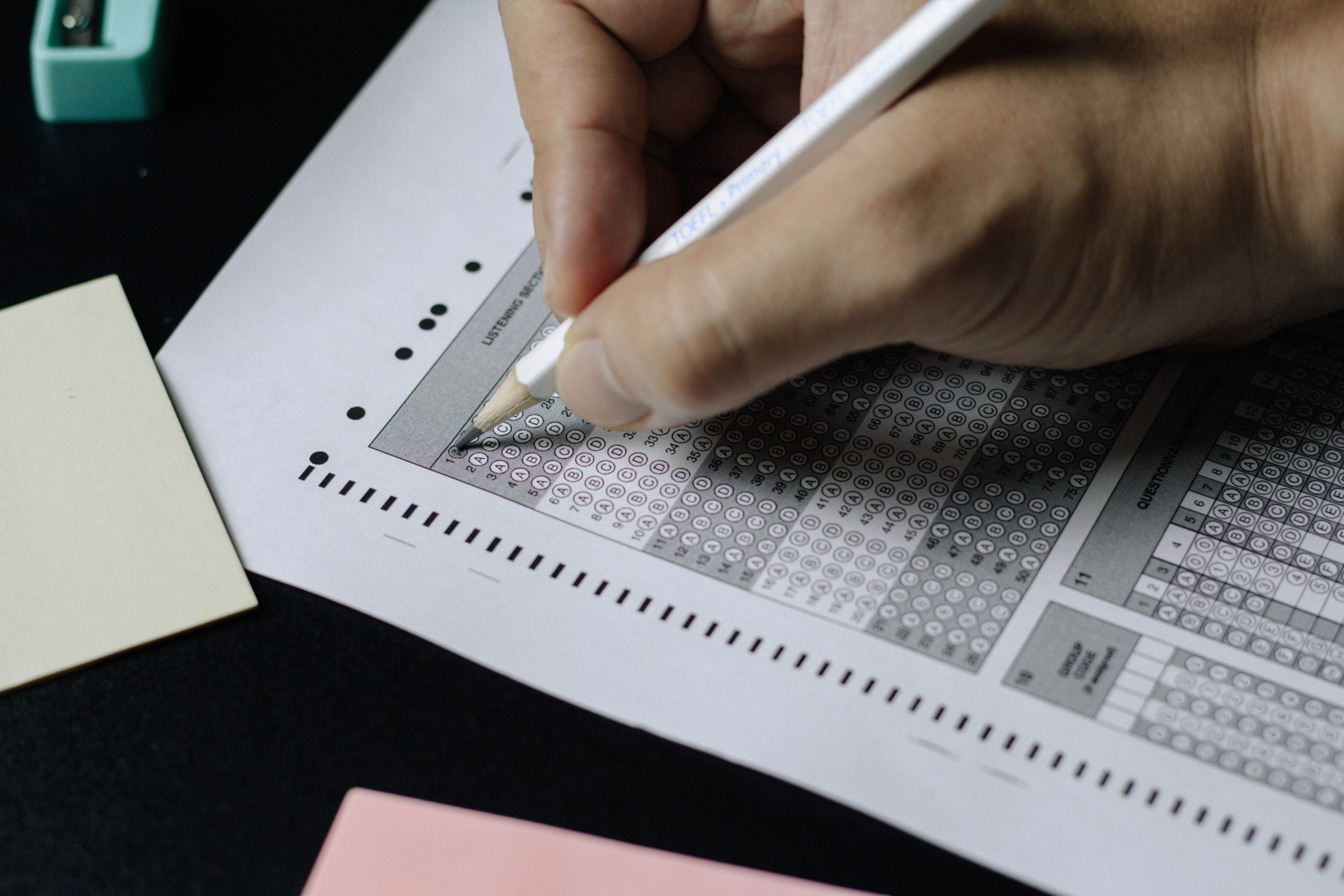Key Takeaways
– Proper usage of punctuation marks in AP style is essential for clear and concise writing.
– Exclamation points should be used sparingly and placed within quotation marks according to specific guidelines.
– Question marks should follow the same rules as exclamation points when used with quotation marks.
– Parentheses should be used judiciously and can be replaced with commas or dashes in most cases.
– Brackets are not accepted in AP style.
– Slashes can be used to separate two linked but opposite ideas or to break up song lyrics or poem lines.
Introduction
In the world of journalism and professional writing, adhering to a specific style guide is crucial for maintaining consistency and clarity. The Associated Press (AP) style is widely used in the media industry, and it provides guidelines for various aspects of writing, including punctuation. While most writers are familiar with the basic punctuation marks, such as periods, commas, and quotation marks, there are some lesser-known punctuation marks that can add nuance and clarity to your writing. In this article, we will explore the usage of exclamation points, question marks, parentheses, brackets, and slashes in AP style quoting.
Exclamation Points
Exclamation points are often used to convey strong emotions or exclamatory statements. However, in AP style, they should be used sparingly and with caution. When it comes to quoting, exclamation points should be placed inside quotation marks only if they are part of the quoted material. If the exclamation point is not part of the original quote, it should be placed outside the quotation marks. This rule ensures that the reader knows whether the exclamation point is part of the original quote or added by the writer.
Guidelines for Exclamation Points in Quotation Marks
When using exclamation points within quotation marks, follow these guidelines:
1. If the exclamation point is part of the original quote, place it inside the quotation marks.
2. If the exclamation point is not part of the original quote but is added by the writer to emphasize a point, place it outside the quotation marks.
Question Marks
Question marks are used to indicate a question or inquiry. In AP style quoting, question marks should follow the same rules as exclamation points when used with quotation marks. If the question mark is part of the original quote, it should be placed inside the quotation marks. If the question mark is added by the writer, it should be placed outside the quotation marks. This distinction helps the reader understand whether the question mark is part of the original quote or added for emphasis or clarification.
Guidelines for Question Marks in Quotation Marks
When using question marks within quotation marks, follow these guidelines:
1. If the question mark is part of the original quote, place it inside the quotation marks.
2. If the question mark is not part of the original quote but is added by the writer to emphasize a question, place it outside the quotation marks.
Parentheses
Parentheses are used to enclose additional information or clarifications within a sentence. However, in AP style quoting, parentheses should be used judiciously. Instead of relying on parentheses, consider using commas or dashes to separate the additional information from the main sentence. This helps maintain a smoother flow of the text and avoids interrupting the reader’s train of thought. However, there are instances where parentheses are necessary, such as when including missing information or clarifications within a quoted material.
Guidelines for Parentheses in Quoted Material
When using parentheses in quoted material, follow these guidelines:
1. Use parentheses to include missing information or clarifications within a quoted material.
2. Use commas or dashes instead of parentheses whenever possible to maintain a smoother flow of the text.
Brackets
Unlike parentheses, brackets are not accepted in AP style. Brackets are typically used to enclose editorial comments or additions within a quoted material. However, in AP style quoting, it is recommended to rephrase the sentence or use parentheses instead of brackets. This helps maintain consistency and avoids confusion for the reader.
Slashes
Slashes can be used in various ways in AP style quoting. They can be used to separate two linked but opposite ideas, such as “love/hate” or “win/lose.” Slashes can also be used to break up song lyrics or poem lines when quoting them in an article. However, it is important to use slashes sparingly and only when they add clarity or emphasis to the text. Overusing slashes can make the writing appear cluttered and confusing.
Conclusion
Mastering the usage of punctuation marks in AP style quoting is essential for clear and effective writing. By understanding the guidelines for exclamation points, question marks, parentheses, brackets, and slashes, writers can enhance their ability to convey meaning and maintain consistency in their work. Remember to use exclamation points and question marks within quotation marks according to specific rules, use parentheses judiciously, avoid brackets in AP style, and use slashes sparingly and purposefully. By following these guidelines, writers can ensure their writing is engaging, informative, and adheres to the standards of AP style.




